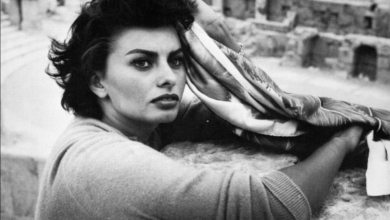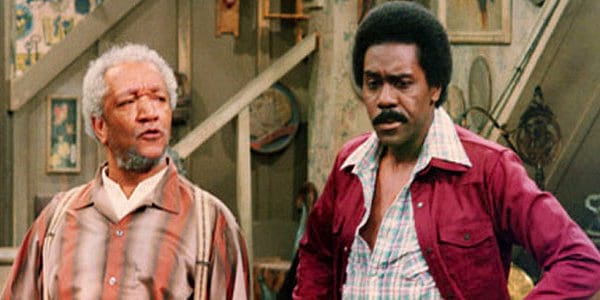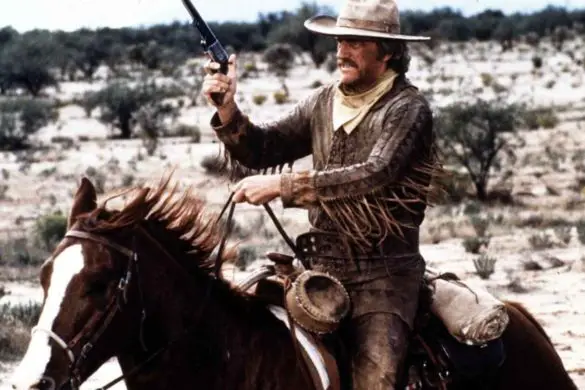Three Stooges: Why Moe, Larry, and Curly endure

When I was 4, my older brother, Keith, hit me on the head with a hammer. I was too young at the time to have any memory of the incident (getting bonked on the melon couldn’t have helped my recall), but occasionally I’m reminded of this episode when it’s brought up at Thanksgiving. When it is, Keith has a good laugh. Now, before you jump to any conclusions — that my brother was some sort of 7-year-old sadist — I should mention that we’d been watching the Three Stooges. After cracking up when Moe brained Larry on the noggin, Keith, in a textbook case of Monkey See Monkey Do, marched to the closet, returned with a hammer, and…well, such is the cross that younger brothers have borne since the days of Cain and Abel.
You might expect that my relationship with the Stooges would have ended there. But you’d be wrong. That head-splitting initiation has led to a lifelong love affair with Moe, Larry, and Curly (and, yes, sometimes Shemp).
Like a lot of you out there, I’ve had these slapstick simpletons on the brain lately because of the Farrelly brothers’ new Three Stooges movie — which turns out to be good, by the way! Even if it wasn’t, though, I wouldn’t need an excuse to waste an afternoon by watching a marathon of classic Stooges shorts to try and figure out why we still care about these knuckleheads.
The main reason is the most obvious: They’re damn funny. There’s something powerful and primal about seeing a grown man pinching another’s nostrils with a giant pair of ice tongs or getting belted with a frying pan to the face.
That said, I also think the Stooges can be instructive for any friendship (or marriage, for that matter) to see how quickly the Stooges forgive. Moe might yank out a fistful of Larry’s Bozo hair or bend a tire iron over Curly’s soft-boiled egg of a skull, but in the next scene they’re snoring side by side by side in the same cramped bed (“Zzzz…mi mi mi mi mi“). They may not always like each other, but there’s never any doubt that they love each other.
The Stooges rose to fame during the Depression, and as dim-witted as most of their high jinks and get-rich-quick schemes are, there’s a nobility in their refusal to give up in the face of economic adversity. They’re always getting fired by some blustery fat cat only to bounce back in the next reel, getting hired as the world’s most inept plumbers or wallpaper hangers. They’re invariably on the lookout for a hot meal, or some fate-changing bit of good luck. Who can’t relate to that these days?
Still, I think the deepest thing about these violent vaudevillians isn’t how their comedy did or didn’t change over the years — it’s how our relationship to them evolves over time. Most of us discover the Stooges at an early age — in my case, at the business end of a hammer at 4. And the Stooge we’re first drawn to is Curly. After all, the fat, high-pitched Baby Huey look-alike is the funniest, the most child-like, and probably the most obliviously happy. It takes us a while to see how tragic this particular sad clown must be.
As we enter our teens, Moe suddenly starts to make more sense — especially if you have younger siblings to boss around. He’s the bowl-cut alpha dog who never met an eyeball he couldn’t poke. He needs to prove he’s the boss, desperate to be both respected and feared.
As I’ve gotten older, though, it’s the hapless Larry who resonates. At a certain age, life starts handing you a few disappointments. And there’s something about his sad-sack existentialism that feels true. He’s the Sisyphus of the Stooges. Larry never gets the last laugh; the last laugh’s on him, usually in the form of a cream pie to the face. Maybe that’s why his fellow Stooges call him “Porcupine”. He’s put up a defensive wall of spiny quills to protect him from life’s cruelest setbacks…and hammer blows to the head.





